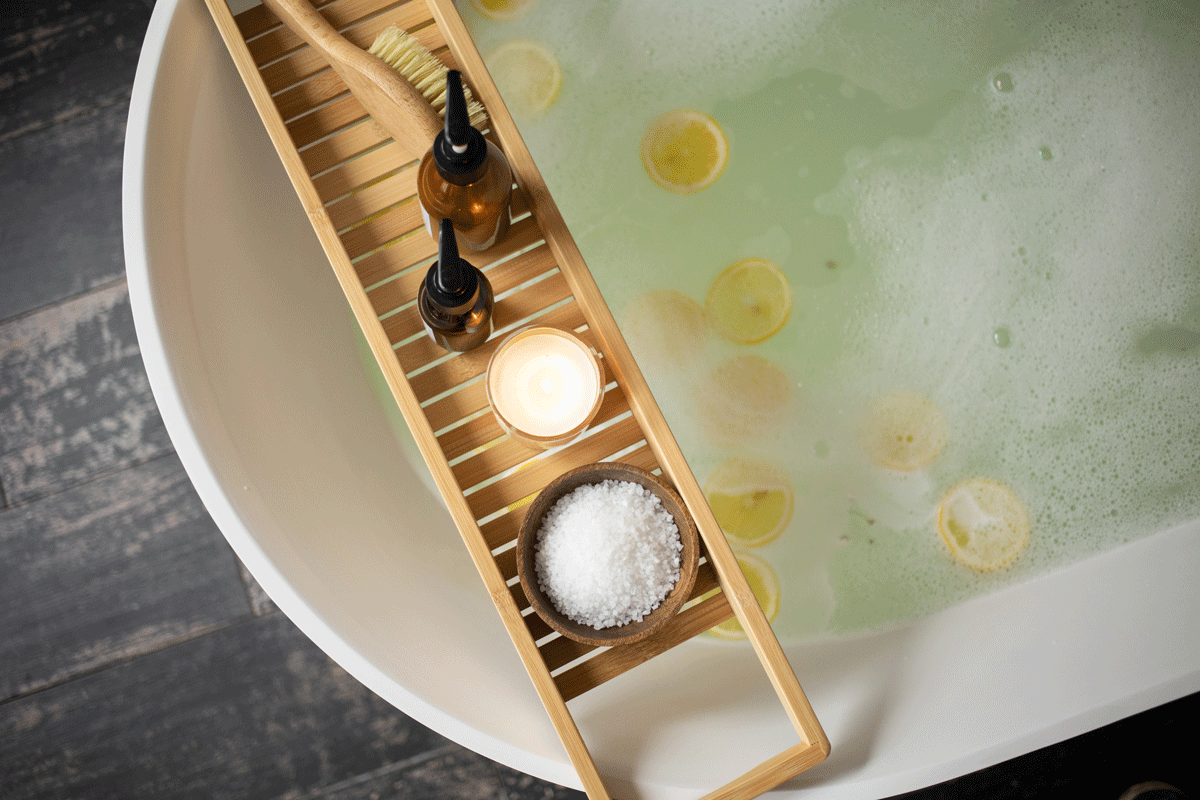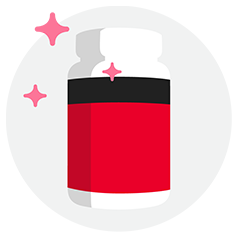Self-care 101: Hydrotherapy

Have you been feeling exhausted lately? With a busy schedule, it’s easy to forget to slow down and take a break. But self-care should be a part of everyone’s routines, whether it’s reading a book, watching a show, or using water therapy. Water therapy, also known as hydrotherapy, is a great way to wind down from the comfort of your own home.
What is hydrotherapy?
Hydrotherapy involves using water for health purposes and is said to be as old as mankind. You might be thinking, isn’t the consumption of water always for health purposes? Yes of course, but we’re referring to the use of externally. Mainly, in the form of saunas, baths, contrast showers, sitz baths, and other therapies. From ancient Roman baths to our modern day spas, water therapy holds many promising benefits.
Contrast showers
Sebastian Kneipp, a 19th century Bavarian monk, introduced the use of alternating hot and cold water, or what’s known as contrast hydrotherapy. Alternating water temperature is thought to stimulate physiological changes in the body.
When exposed to hot water, blood vessels dilate and sweat glands are engaged, helping to move blood and clear waste products. On the other hand, cold water causes constriction, which reduces inflammation and repairs injuries. Contrast showers can help with lymphatic drainage and ensure your circulatory system is efficient and well adapted to change.
If you’re new to contrast showers, a good way to get started is to end your shower with a few seconds of cold water. You’ll step out feeling refreshed and awake! As you get comfortable with that, slowly start cycling between 3-5 minutes of hot or warm water, followed by one minute or less of cold water. Repeat this cycle at least once.
Saunas & steam inhalations
If you have access to a sauna, it can be a great way to stimulate circulation and flush out toxins through sweat. Ask your healthcare provider to see if saunas are suitable for you, and be sure to start hydrated and stay hydrated throughout your session.
Steam inhalations can be easily done at home as well. They’re particularly beneficial if you are feeling stuffy, congested, or suffering from a headache. Try boiling some water with a few drops of eucalyptus oil. Place a towel over the back of your head and then with your eyes closed, safely and gently inhale the steam rising from the bowl. Be careful not to burn yourself (stay 8-12 inches away from the bowl). Do this for around 2-5 minutes, and make sure you don’t exceed 10 to 15 minutes.
Why is hydrotherapy so effective?
Keeping your blood moving efficiently around your body is important for helping with the process of detoxification. The goal is to expel wastes, toxins, and by-products. That means keeping our circulatory system in great shape to ensure the liver and kidneys are able to do their job. We don’t want by-products and toxins lingering with the possibility of being reabsorbed into tissue. Hydrotherapy helps to reduce aggravations from the Candida Die-Off reaction, as by-products are being eliminated into the bloodstream.
Studies have shown that alternating hot and cold showers help to prevent common illnesses like colds and flus, with observed increases in monocytes and leukocytes (white blood cells that can help you fight off infection).
Apart from these health benefits, hydrotherapy is simply a great way to relax after a long day. So, the next time you need a self-care day, try out one of these hydrotherapy methods!
Sources






